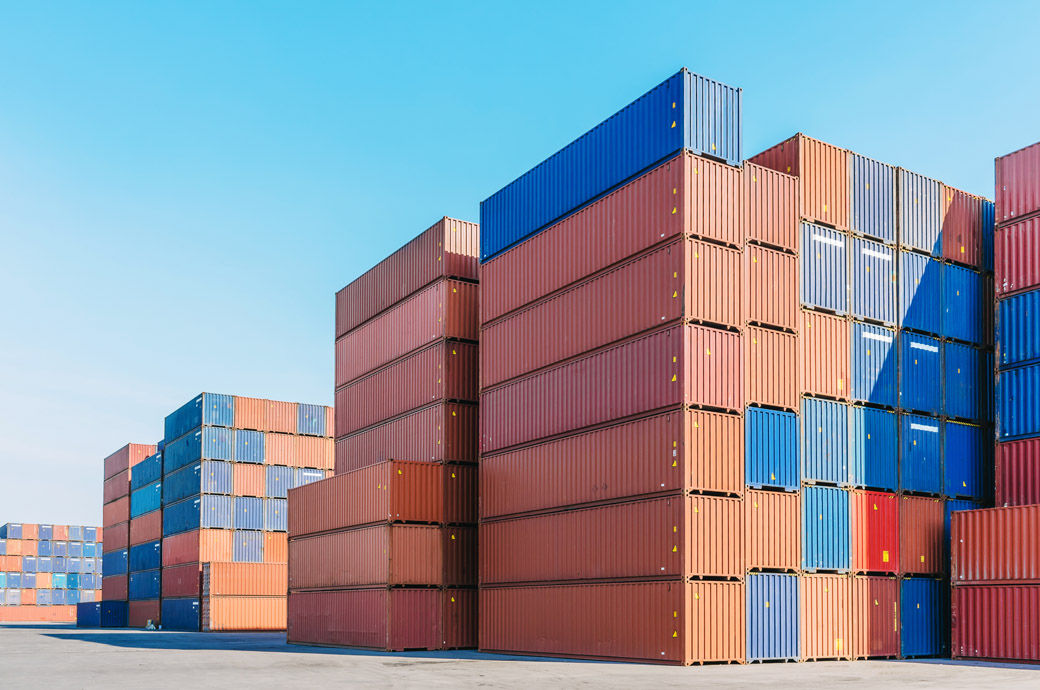
Compared to January this year, imports from China reversed their robust growth in February, which affected West Coast ports—especially the Port of Long Beach.
Lower import volumes benefitted port transit delays as the combination of the Panama drought and Middle East conflict had less impact at the top East and Gulf Coast ports.
The March update of the logistics metrics Descartes is tracking shows 2024 is starting off to be a strong year for US container imports. However, global supply chain performance may be affected throughout the year because of ongoing conditions at the Panama and Suez Canals and upcoming labour negotiations at US South Atlantic and Gulf Coast ports.
For the top 10 US ports, container import volume in February this year was down significantly by 135,850 TEUs (minus 7 per cent) compared to the January figure.
The Port of Oakland (4,104 TEUs) and Charleston (3,581 TEUs) experienced the greatest container volume increases from January, while the ports of Long Beach (minus 72,319 TEUs), Los Angeles (minus 31,940 TEUs) and New York/New Jersey (minus 23,925 TEUs) posted the most significant decreases.
Fibre2Fashion News Desk (DS)